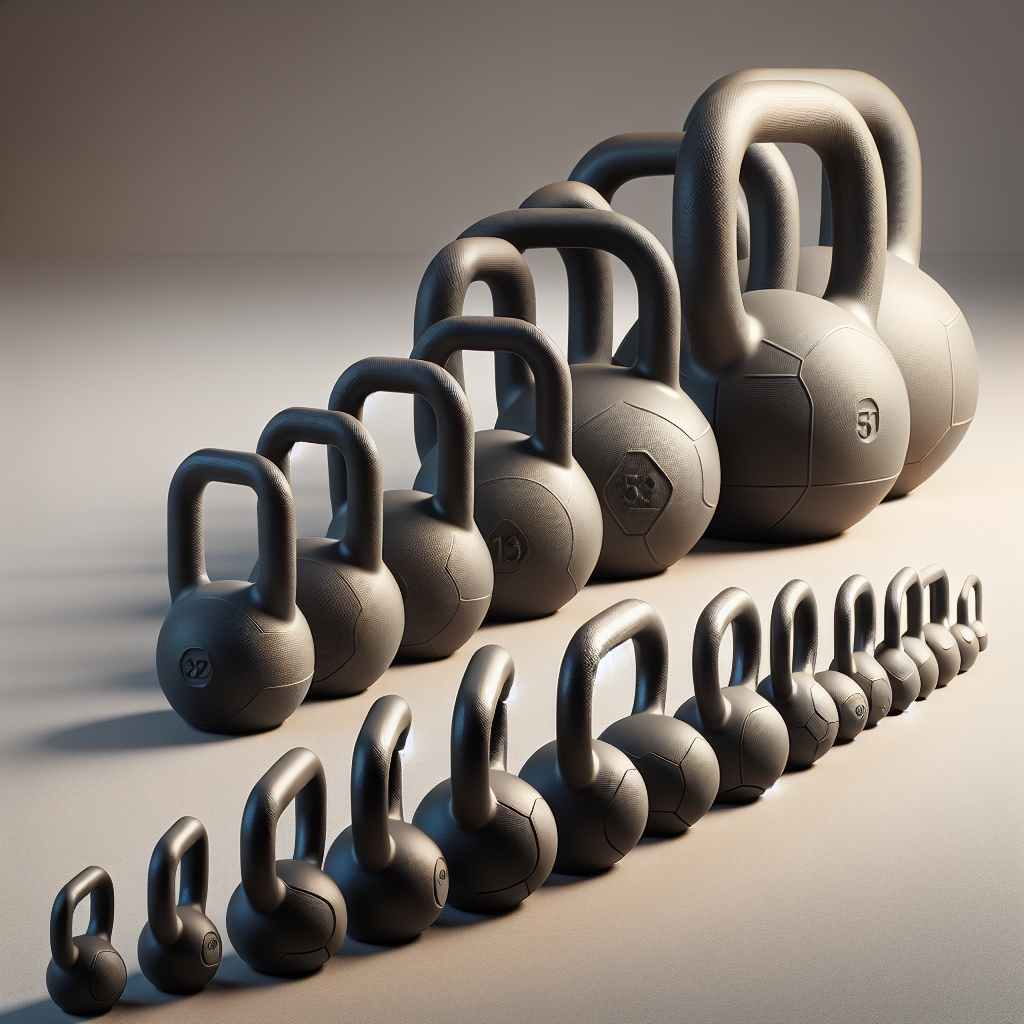Kettlebells, the cast-iron weights with a handle, aren’t just a fitness trend—they’re a powerhouse tool for building strength, endurance, and flexibility. Unlike traditional dumbbells, kettlebells’ unique shape and weight distribution make them ideal for dynamic movements that can improve functional strength and burn calories. Incorporating kettlebell exercises into your workout routine can be transformative, provided you use them effectively.
The Benefits of Kettlebell Training
Kettlebell training offers a multitude of benefits ranging from improved muscle tone and cardiovascular health to enhanced coordination and flexibility. The off-center weight of kettlebells requires more stabilizer muscles and body dynamics, engaging multiple muscle groups simultaneously. This makes kettlebell exercises both efficient and effective, as they can help you achieve better results in less time compared to some traditional weight-lifting methods.
One of the major advantages of kettlebell training is its impact on fitness. Regular kettlebell workouts can help you build muscle, increase endurance, and even aid in weight loss by boosting your metabolism. Additionally, kettlebell exercises can improve bone density, which is crucial for bone health, especially as we age.
Key Kettlebell Exercises to Master
To get started, it’s important to learn the basics. Here are some fundamental kettlebell exercises that can form the backbone of your workout routine:
The Kettlebell Swing
The kettlebell swing is the cornerstone of kettlebell training. It targets your glutes, hamstrings, core, hips, and back, offering a full-body workout. Proper form is critical to avoid injury and maximize effectiveness.
The Kettlebell Goblet Squat
The goblet squat is an excellent exercise for building lower body strength. It also helps improve balance and flexibility in the hips, which is vital for overall functional fitness.
The Kettlebell Turkish Get-Up
This complex movement engages almost every muscle in the body, improving strength, coordination, and shoulder stability. It’s a full-body exercise that challenges your endurance and improves mobility.
Incorporating Kettlebells into Your Routine
When integrating kettlebells into your workout, start with a weight that is manageable but challenging, and focus on form before increasing the weight. Kettlebell training can be intense, so it’s essential to warm up properly to avoid strain or injury. Begin with lighter weights to master the form of each exercise and gradually increase the weight as you become more comfortable.
Kettlebells are versatile, and you can use them for high-intensity interval training (HIIT), circuits, or as part of a strength training routine. For those looking to enhance their cardiovascular health, kettlebell exercises can be an effective form of cardiovascular training when performed in high-intensity intervals.
Safety Tips and Techniques
Safety should be your top priority when working with kettlebells. Here are some tips to ensure you use kettlebells effectively and safely:
- Always start with a proper warm-up to prepare your muscles for the workout.
- Pay attention to your grip. Ensure it’s secure but not too tight, to allow for fluid movement.
- Keep your movements controlled, especially when handling heavier weights.
- Maintain a neutral spine throughout exercises to protect your back.
- Breathe correctly, exhaling during the exertion phase of the movement.
For further guidance on kettlebell safety and techniques, consider consulting resources like the American Council on Exercise or StrongFirst, organizations that provide in-depth information on strength training and kettlebell workouts.
Advanced Kettlebell Moves
Once you’re comfortable with the basics, you can explore more advanced kettlebell exercises to challenge yourself further and keep your workouts exciting. Moves like the kettlebell snatch, clean and press, and windmill can add variety and intensity to your routine.
Complementing Your Kettlebell Workouts
Kettlebell training shouldn’t exist in isolation. Complementing your kettlebell workouts with other forms of exercise can lead to even greater fitness gains. For instance, incorporating low-impact workouts can help with injury prevention, while yoga poses can enhance flexibility and muscle recovery.
To support your kettlebell training and overall well-being, also consider the role of diet. A well-balanced diet is essential for providing the energy needed for workouts and for muscle recovery. Learn more about the role of diet in muscle definition to optimize your fitness results.
Conclusion
Kettlebells are a dynamic and efficient tool for enhancing your fitness. By mastering the fundamental movements, practicing safety, and progressively challenging yourself with advanced exercises, you can reap the full benefits of kettlebell training. Remember, consistency is key, and complementing your kettlebell workouts with a balanced diet and other forms of exercise will help you achieve a well-rounded fitness regimen.
As you continue to explore the potential of kettlebells in your workout, keep learning and stay motivated by engaging with communities and resources that focus on kettlebell training and general fitness. Websites like Breaking Muscle offer detailed workout plans and tips for kettlebell enthusiasts of all levels.
Incorporating kettlebells into your workout routine can be a game-changer, offering a unique combination of strength, endurance, and flexibility training. With the right approach and dedication, kettlebells can help you reach your fitness goals and maintain a healthy, active lifestyle.



